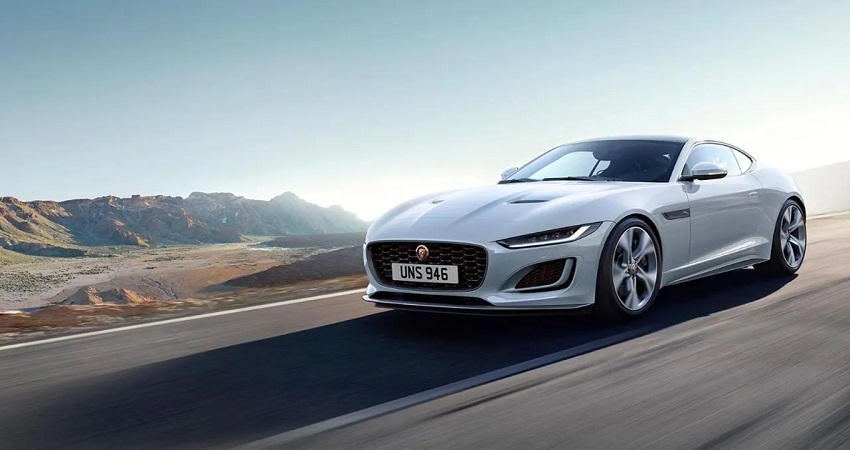Jaguar F-Type – All you need to know
In 2018, Jaguar launched the F-Type P300 – a smaller-engined variant offering thrills at a much more affordable price. Nothing changes the fact it’s still a proper sports car, developing 291bhp from a 2.0-litre, four-cylinder turbocharged petrol engine. Can it be compared to its hardcore V8-engined variant?
Jaguar F-Type : autox.com
We take the coupe model out for a drive on some nice roads, with some traffic and uneven tarmac thrown in for good measure. And then of course, we find a set of corners and start charging through them. We’ve got our hands on the 535bhp, supercharged V8 variant of the Jaguar F-Type, and after having driven it, we weren’t too happy with the idea of a Jaguar F-Type with a smaller engine in it, but once the roads started to clear up, our perceptions of an affordable F-Type from Jaguar Cars changed our mind.
We floor it on an open stretch, and the engine is very prompt in responding, with the 8-speed automatic transmission going down a few gears, further providing good grunt. This is the same engine from the Ingenium range, so it powers other Jaguar Cars like the Evoque, Discovery Sport, XF, XE and the Velar. However, the F-Type P300 has been tuned to make more power at 291bhp and 400Nm of torque.
The Porsche 718 makes the same amount of power. These figures may not give you butterflies in your stomach, but it’s not until you drive it that you realise there’s enough power at your disposal to make you grin. The Jaguar F-Type can sprint from 0-100kph in 5.7 seconds, and thanks to the rapid 8-speed transmission, in-gear times were impressive too.
The engine is quite easy to manage and is tractable too with power coming in early. The steering is on the heavy side at low speeds but once you pick up pace, it gets lighter. The P300 comes with an engine that likes to be revved. Floor the throttle and it will eventually reach the rev-limiter.
This is a car you can really play with, without much fear. It’s nowhere near as fast as its V8-engined sibling, but it’s quick enough. We also initially thought the exhaust note was going to put us off, but we were proved wrong, for this four-cylinder turbo motor sounds quite growly when the active sports exhaust is activated. And when you lift your foot off the throttle, there are some mild pops and crackles that can be heard.
Of course, it isn’t as loud as the V8, but sounds nice enough to give you goose bumps. We were surprised when the F-Type had to take on some rough patches; it dealt with them rather well. Then we found some corners and became very enthusiastic. We switched it to Dynamic mode, turned off ESP and put the gear into S. And then began the fun.
You can instantly feel the drop in weight in the P300 around a corner. However, at 1525kgs, it’s still quite portly. But it has a lighter front-end, which makes it so much more agile than the V8 F-Type. This is a car that’s tail will step out, despite it being front-engined and rear-wheel-drive.
We’ve always liked how the F-Type looked with its lovely flowing lines and smooth curves; the P300 looks like the F-Type SVR that was launched in 2018. At the rear lies the big change: a centrally-mounted exhaust. It gets different 19-inch alloy wheels, restyled front and rear bumpers, new LED headlights and tail lights.
Once you’re past 120kph, the big spoiler deploys by itself. It can also be deployed with the help of a button. Putting in a smaller engine hasn’t made the F-Type any less desirable than it always was. It may not be as wild as the V8 F-Type, but it’s not as expensive either. It’s a very usable everyday sportscar.
Rushil Kumar

